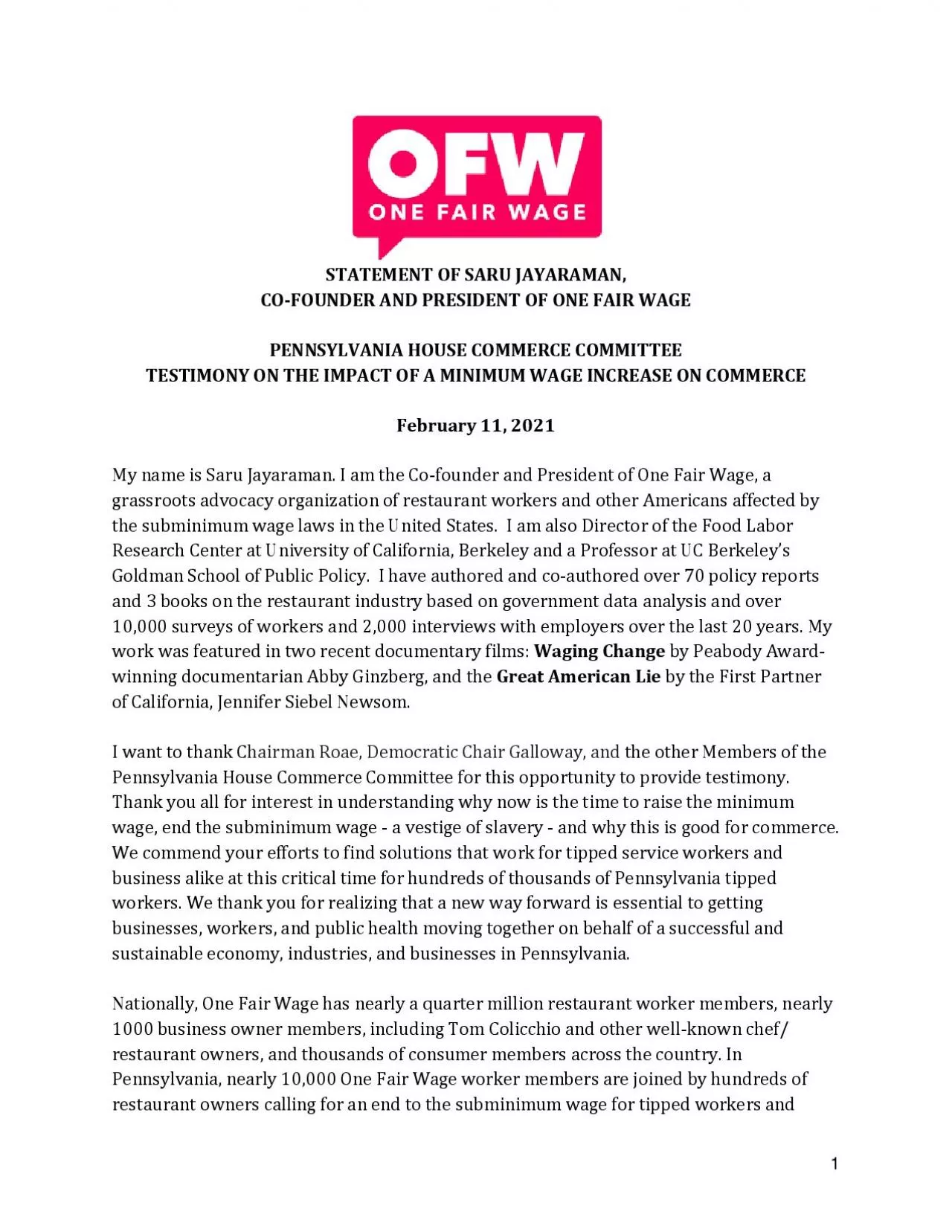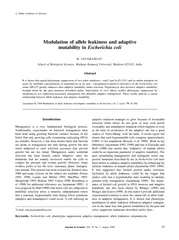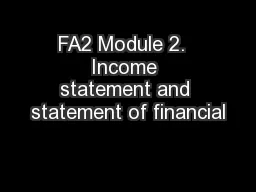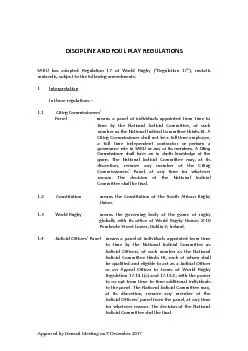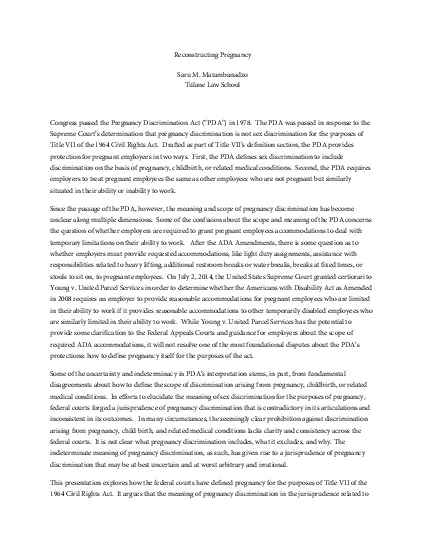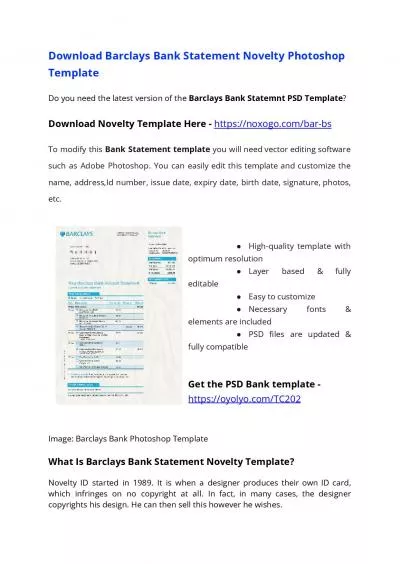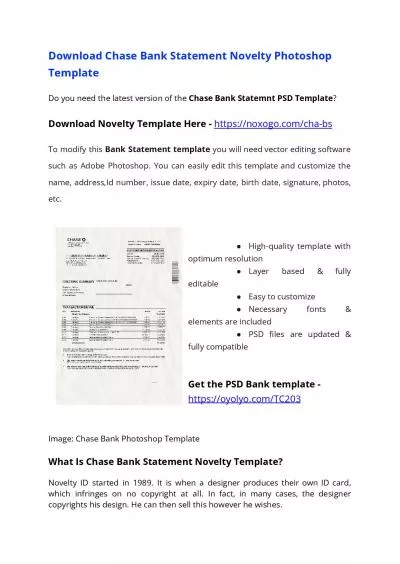PDF-STATEMENT OF SARU JAYARAMAN
Author : brown | Published Date : 2021-09-10
1COFOUNDER AND PRESIDENT OF ONE FAIR WAGE PENNSYLVANIA HOUSE COMMERCE COMMITTEE TESTIMONY ON THE IMPACT OF A MINIMUM WAGE INCREASE ON COMMERCEFebruary 11 2021My
Presentation Embed Code
Download Presentation
Download Presentation The PPT/PDF document "STATEMENT OF SARU JAYARAMAN" is the property of its rightful owner. Permission is granted to download and print the materials on this website for personal, non-commercial use only, and to display it on your personal computer provided you do not modify the materials and that you retain all copyright notices contained in the materials. By downloading content from our website, you accept the terms of this agreement.
STATEMENT OF SARU JAYARAMAN: Transcript
Download Rules Of Document
"STATEMENT OF SARU JAYARAMAN"The content belongs to its owner. You may download and print it for personal use, without modification, and keep all copyright notices. By downloading, you agree to these terms.
Related Documents

